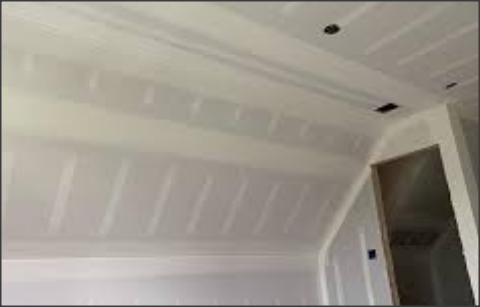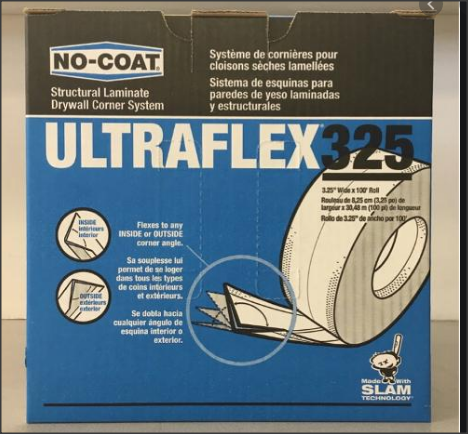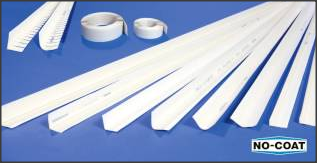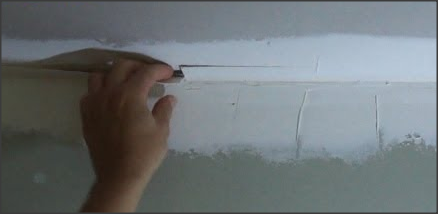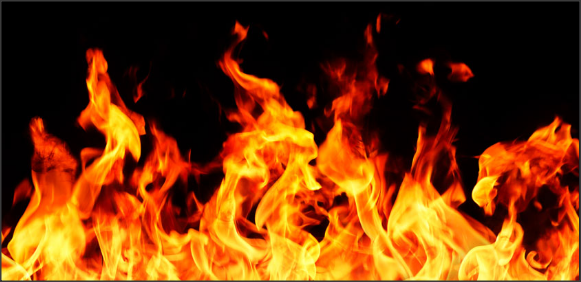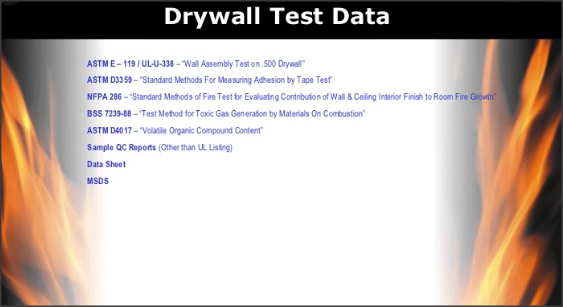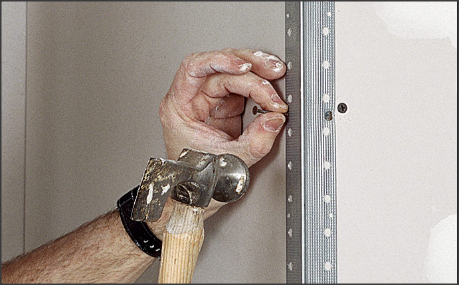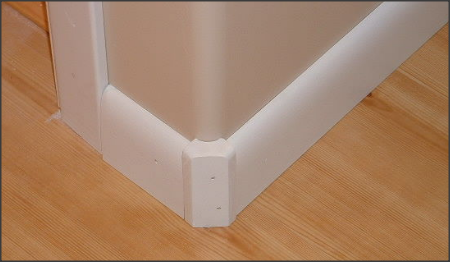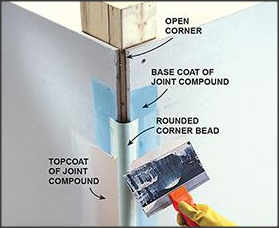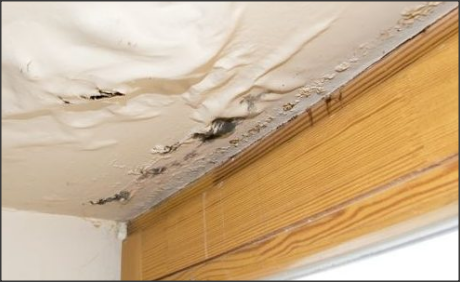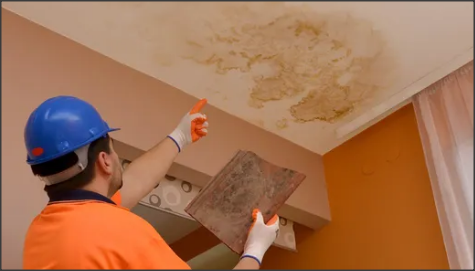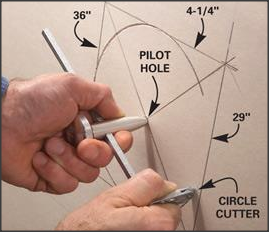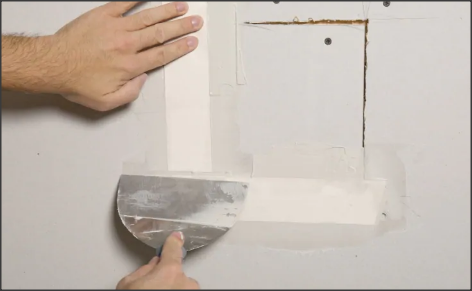Basement Plumbing is a type of plumbing work that is best left to the pros. The problem with basement plumbing is that any cracks or holes in the pipework will need to be patched or the pipe replaced. Repairing a damaged pipe or fixing a cracked or damaged pipe in the basement is a job best left to a professional.
This type of repair is crucial because most homeowners seldom visit their basements.
Unlike the rest of the house where a minor leak will most likely be spotted as a damp patch before much damage can occur, a leak will often be left unseen in a basement. That means they can often grow much bigger before they are seen. Quite often a basement may flood, and the first the occupants know of it is when the power goes off.
By that time the boiler or furnace and valuable belongings stored in the basement will have been damaged by submergence.
That’s why it is more than ever essential that basement plumbing is done right, and therefore it’s best to call a professional plumber to handle basement plumbing.
The main reason to call a professional plumber is to avoid the potential of damage to private property from a bodged DIY pipe installation or repair.
By doing your own basement plumbing, in usually rather poor lighting while balancing on a rickety ladder you put yourself at risk. You are more likely when working in poor lighting below ground to injure yourself or damage your property.
Even if you have the right tools and know-how to do basic basement plumbing jobs it’s best to engage a professional plumber.
If you do not hire a professional plumber to do the work for you, you could end up with a big mess and even larger repair bills. Also, do you really have the spare time and know-how to tackle the job yourself?
If you are new to the plumbing profession or unsure of your abilities, you may of course choose to attend a hands-on course led by a plumber who will be your tutor. That would be one way for you to gain the required skills to complete the work.
Experienced plumbing tutors are well-versed in all aspects of plumbing and can offer in-depth advice and guidance in completing such jobs to an acceptable standard. But, is that really what busy people do very often. No. Most of us simply don’t have the time.
So, we recommend that you hire a professional to complete the work on your behalf. A full-service professionally qualified, and if necessary, a licenced plumber can take care of all the tasks and work perfectly. A professional plumber can also offer other services, such as:
- fixing new pipe connections
- unblocking pipe clogs
- ensuring that all pipes are lagged and protected against frost damage, before the onset of winter.
They also have many years of experience in completing numerous plumbing projects to high-quality standards.
Choosing a plumber who is fully qualified means that the job will get done perfectly the first time. It will be something that you will be proud of, knowing the job has been well done. A qualified plumber can save you time by preventing water damage, plus as a result, saving money and frustration too.
If you don’t know where to start from, get a plumber to help you find your way around the plumbing world! Find out which plumbing company/plumber/sub-contractor is a good match. It is important to get advice from someone you can trust.
And as always, try not to be swayed by the price – as much as possible. Try to get a reasonable price based on the work involved. The easiest way is to get a plumber who does the same sort of work often. The adage: “Practice Makes Perfect” applies here!
To get any job done properly the first time, you must always be clear about exactly what work you want to be done.
So do your homework to make sure you have all the information you need on the existing plumbing installed. Local laws and regulations vary. Check with the local plumbing society to make sure the plumber you select will have all the relevant qualifications you need.
Next, get some quotes from plumbers in your area, take the time and trouble of looking them up online. Contact several plumbers who seem to match your needs.
Ask the plumber to tell you exactly how long the job will take, and make sure they give you an estimate. To plan your budget you need an estimate. Ask for one in writing.
Get a written quote for the work you want to be done. When you do have the estimated price and a task list, check it against the job you want to be done. If you have a matching set of actions that will satisfy all your needs and these have been priced up that’s good Now get several more quotes, compare them for value, and your work in choosing the best plumber is made easy.
If the plumber does not give you an estimate, it is usually best to avoid that plumber and move on to another who will. But, if you have no other plumber to choose from, ask how much they charge as hourly rates, and what sort of materials they use.
Go away and look up prices yourself, return and ask the plumber how long he thinks it will take. Ask how many men will be working on your project over the time period. Then you should have enough information to put a budget price on the work yourself.
Once that’s done, go back to the professional plumber and say that you reckon the price will be $x,000.
Very often they will start to negotiate a price with you when you do that.
Plumbers are becoming more experienced in water purification, and in garbage disposal equipment. More and more often they will install and maintain water filtration systems to purify your drinking water. They are also becoming more aware of your garbage disposal and will offer solutions for problems with sink maceration equipment if there are problems.
Ask a plumber about their fees, when working on those items too. The prices quoted will give you an idea of what you are going to have to pay.
Include the materials needed, as well. Ask about time and materials, including delivery. Do they have a particular date when they will be available to do the job, and if so, at what time?
In other words, do they guarantee their availability when you need them or are they only available “after due notice”.
We recommend buying the materials from a bargain hardware store giving them to your plumber for him to use. That way you will probably get the cheapest prices that are available in your area.
If you do an estimate yourself, you need to have a good idea of what you are going to need. Also, decide whether you are going to be doing most of it yourself or whether you are going to rely on the plumber to complete all, or just a part, of the job.
What you need to decide is what your budget is going to be. Also, determine whether you are going to go for a quick job or a quality one that will require more time to complete.
It is best to make sure that you get an estimate of the amount of money that you are going to be spending before you commit to any project. That way you will know what you are going to be spending.
It may be more than you have budgeted for by the end, but if so the contractor will need to back up cost rise claims with facts.
Facts as to where the extra costs have arisen will need agreeing and any reasonably chargeable additional costs paid for by the property owner. So, it is important that you should always get a written estimate of the bill, and that is important for two reasons:
1. If something should go wrong after the plumber has left, then you have proof that you paid for work that was agreed upon, and which has now been shown to be faulty. The estimate can then be used in a claim for the plumber to pay for faulty work if anything should go wrong soon after the plumber has left.
2. If the plumber is late for a meeting, you can get in touch and tell them that you need the work done. If the plumber is late for a meeting repeatedly then you have the right to dismiss that person and employ another.
Once you have these items sorted, and you can now look to take charge of your own plumber. Most plumbers will offer a written estimate and design drawings which you should use to compare with the charges for work on that day offered by other businesses which were keen to comply with the tendering rules.
That way you have proof that the job was done, and the correct price was been agreed upon and paid for.
1. A written estimate will help you get the best plumber for other jobs, and if anything should go wrong at a later date, you can go back to the written bill.
2. When the plumber arrives, make sure you go over everything with him or her. You need to make sure that you have explained exactly what you need to be done. If you do this before the plumber starts, you will save him a lot of time and trouble.
3. It is also good to know what you will be getting and to ask him/ her to make a sketch of it. That way you can get a visual description of what needs doing. If you do this and let him/ her begin the work, you will know exactly what he needs to do.
4. If the plumber is a new apprentice or a probationary plumber, then you should make sure you check his work record before he starts work. There is no harm in making sure that everything is up to date, and that he has a clean record.
5. Make sure you get a written guarantee, stating what he will do and how long it will last. In many cases, an employee of a plumbing company will be called upon to work on a long term contract with a building contractor. It can be good to know that you will be able to get the same plumber for a long term contract.
It is important that the plumber arrives on time, has gone over the job fully and has given you a clear written estimate. Once the plumber has begun the work you should have a full written description of the work, the price, and the estimated date for completion.
At the point when the work ends, you should call the plumber and discuss the work with him. Make sure that he is happy that the work has been completed and all safety matters resolved with the relevant authorities. Do this before you move back in with your family.
Steve is an established author and has also written articles about plumbing work in Glasgow. Check that website out as well at the Glasgow south plumbers.


